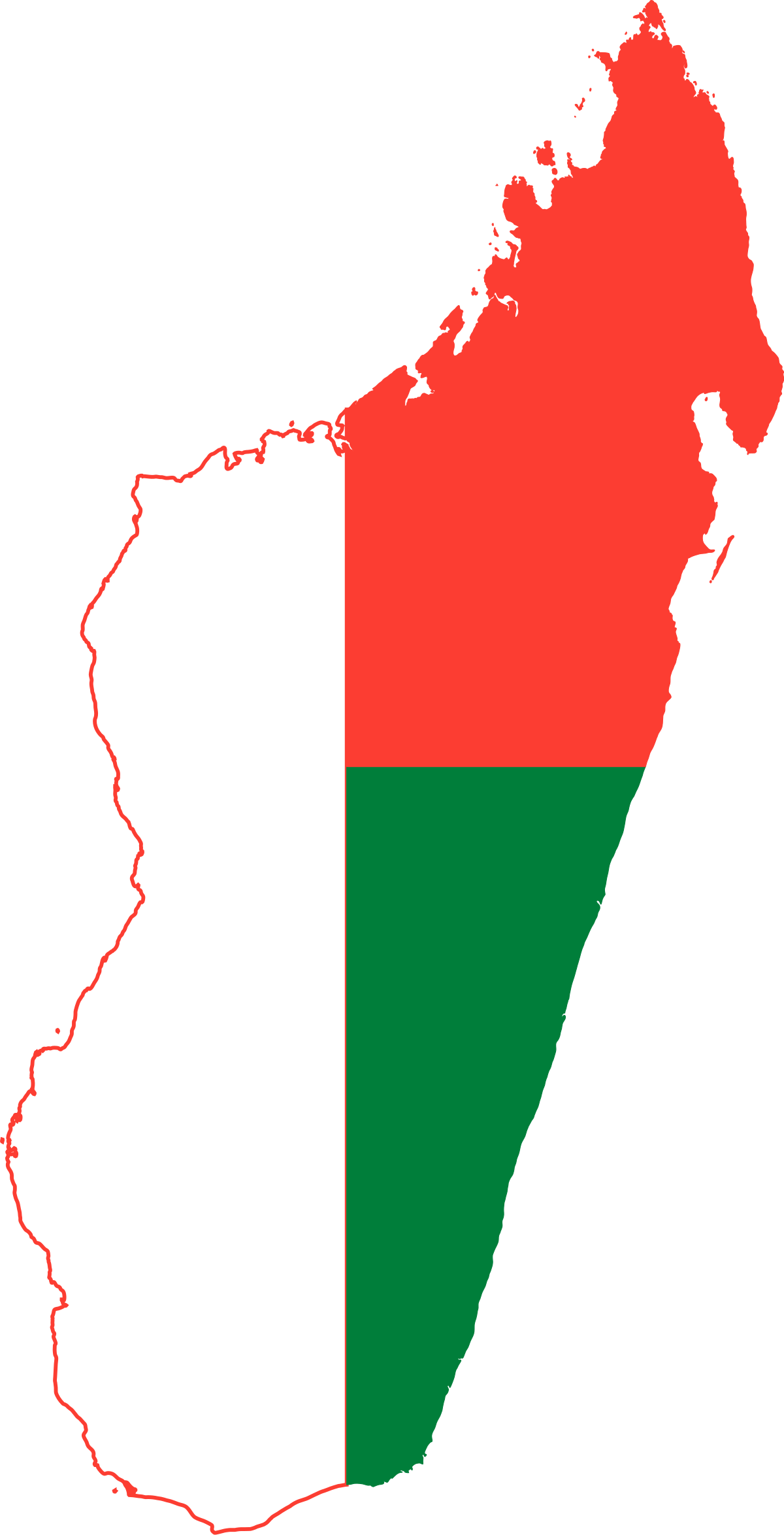Immigrants in Madagascar
Madagascar, an island nation located off the southeastern coast of Africa, is home to a diverse population that includes both indigenous people and immigrants from various countries. While Madagascar has historically not been a major destination for immigrants compared to some other countries, it has seen a modest influx of foreign nationals in recent years. Here are some key points about immigrants in Madagascar:
1- Regional Immigration: Most immigrants in Madagascar come from neighboring countries in the Indian Ocean region, including Comoros, Seychelles, and Mauritius. These countries have cultural, historical, and economic ties with Madagascar, which facilitates movement and migration between them.
2- Economic Factors: Economic opportunities play a significant role in attracting immigrants to Madagascar. Some individuals migrate in search of employment opportunities, especially in sectors such as agriculture, fisheries, tourism, and construction. The capital city of Antananarivo is a hub for economic activities, drawing both domestic and foreign workers.
3- Chinese Immigration: In recent years, there has been an increase in Chinese immigrants in Madagascar, primarily driven by China's growing economic influence in the country. Chinese nationals often come to Madagascar for business ventures, infrastructure projects, and trade activities. This has resulted in the establishment of a significant Chinese community, particularly in urban areas.
4- Expatriate Communities: Madagascar also hosts a sizeable expatriate community consisting of individuals from various countries, including professionals, diplomats, researchers, and aid workers. These expatriates typically reside in urban centers and contribute to various sectors, such as education, healthcare, and development projects.
5- Refugee and Asylum Seeker Issues: Madagascar has been a destination for refugees and asylum seekers from countries such as the Democratic Republic of Congo, Burundi, and Rwanda. These individuals often flee conflict or persecution in their home countries and seek protection and assistance in Madagascar. However, the number of refugees and asylum seekers in Madagascar remains relatively small compared to other regions.
It's important to note that the information provided above is based on the knowledge available up until September 2021, and the immigration landscape in Madagascar may have evolved since then. For the most up-to-date and accurate information, it is recommended to refer to recent reports from reputable sources and local authorities.

